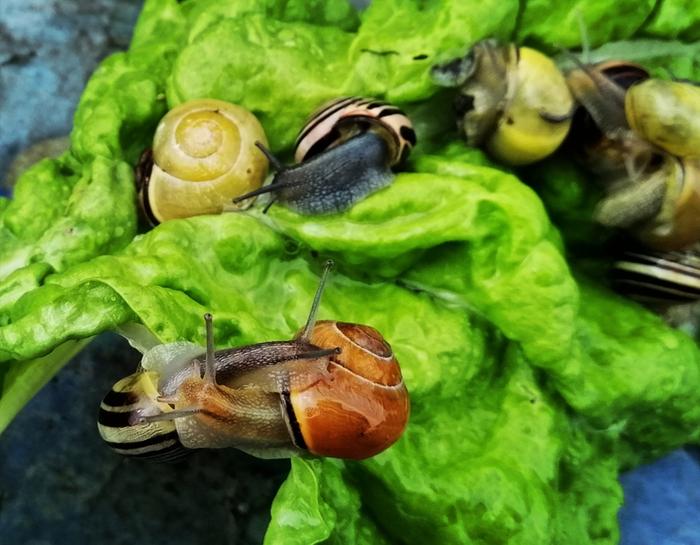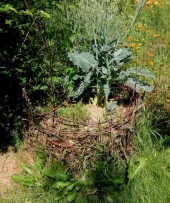
 8
8





My book arts: https://biblioarty.wordpress.com/
 1
1








My book arts: https://biblioarty.wordpress.com/
 1
1




Check out the Food Forest Card Game: https://permies.com/wiki/141665/Food-Forest-card-game-English
 1
1




My book arts: https://biblioarty.wordpress.com/





My book arts: https://biblioarty.wordpress.com/
 1
1




Check out the Food Forest Card Game: https://permies.com/wiki/141665/Food-Forest-card-game-English




My book arts: https://biblioarty.wordpress.com/
 1
1




I am only one, but still I am one. I cannot do everything, but still I can do something; and because I cannot do everything, I will not refuse to do something that I can do. (E.E.Hale)




Julie Wolf
Growing in a NW Forest - Clearcut Garden http://organicfoodbliss.com/my-clear-cut-garden/ / Northwest Permaculture Convergence http://www.northwestpermaculture.org/ - see my Directory Listing (Mason County).




My book arts: https://biblioarty.wordpress.com/




Please give me your thoughts on my Affordable, double-paned earthbag window concept





















Rob Lineberger wrote:The ones that work, but are lethal, are:
beer traps
flashlight at night with scissors in hand
Ones that don't work are:
diatomaceous earth
crushed eggshells
one promising trick i heard but haven't tried is putting a board in the middle of the garden bed. Slugs will crawl under it to hide. scrape them off into your location of choice.
But copper has worked really well for me, both on my containers and my raised beds. This approach could even be used to make "plant scrunchies" that wrap around the stem of the plant, but that seems like a lot of work. I made a facebook album about it that is public so I hope it works:
https://www.facebook.com/rob.lineberger/media_set?set=a.10222610153064750&type=3
Julie Wolf
Growing in a NW Forest - Clearcut Garden http://organicfoodbliss.com/my-clear-cut-garden/ / Northwest Permaculture Convergence http://www.northwestpermaculture.org/ - see my Directory Listing (Mason County).
 2
2




I am only one, but still I am one. I cannot do everything, but still I can do something; and because I cannot do everything, I will not refuse to do something that I can do. (E.E.Hale)

|
His brain is the size of a cherry pit! About the size of this ad:
A rocket mass heater heats your home with one tenth the wood of a conventional wood stove
http://woodheat.net
|




